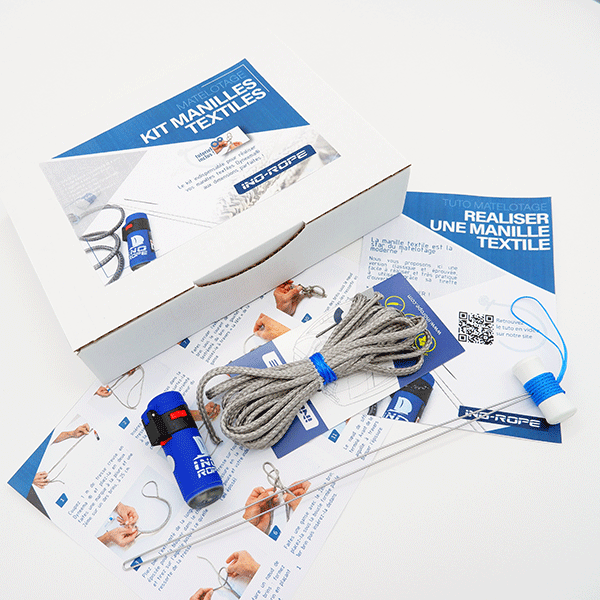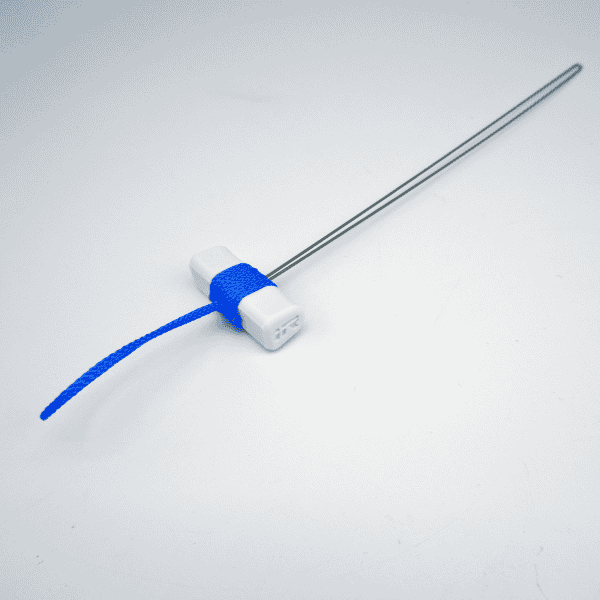-

-
 The easy-making textile shackle kit35,00 € TTC
The easy-making textile shackle kit35,00 € TTC -
 Long eye splicing needles – Special for rope work16,90 € – 24,90 € TTC
Long eye splicing needles – Special for rope work16,90 € – 24,90 € TTC
Similar Posts
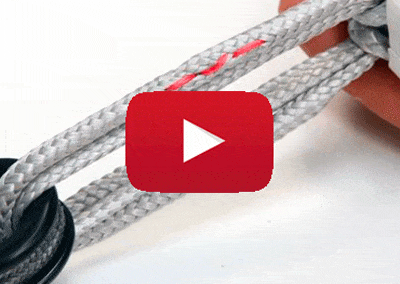
Lashing : tutorial
Lashing : tutorial With a lashing, you can do anything: replace block shackles, Jackline turnbuckles or even standing rigging ones. This practical tutorial with videos, teaches you the basics of lashing and provides several methods to accomplish them, with plenty of tips to help you ! Lashing : The basics A lashing with a Dyneema®…
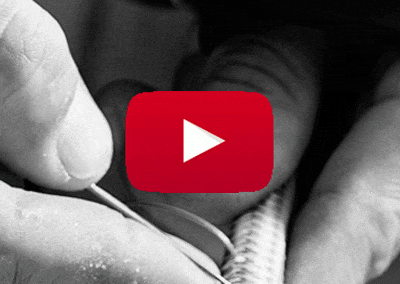
Stitching on a splice: tutorial
Stitching on a splice: tutorial “Why complicate things when they can be made simple?”this could sum up this video tutorial that shows how to make a stitch step by step. Quick and easy to do, the sewing stitch replaces whipping to lock a splice that is not submitted to load. » Whipping a splice: a bad…
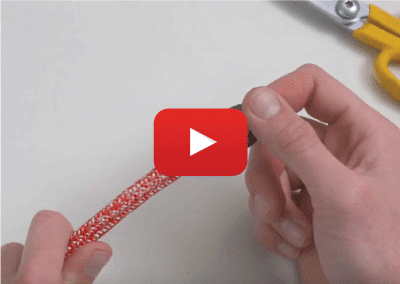
The stitched whipping | Ropework tutorial
The stitched whipping | Ropework tutorial Sewed by inserting the needle several times through the rope with whipping twine,the stitched whipping is a very reliable method to fasten the cover and the core of a rope. For example, it is essential to sew the sheath to the base of a spliced eye on the core,…

Bowline knot
Bowline knot Learn all the essential bowline knot secrets with Jean Le Cam, David Raison, Nikki Curven, Jonas Gerckens, Marie Riou. And as a bonus, the new “Sylvain” knot, an excellent alternative to the bowline knot, presented by Julien Barnet. Did you know that there was more than one way to tie a bowline knot?…
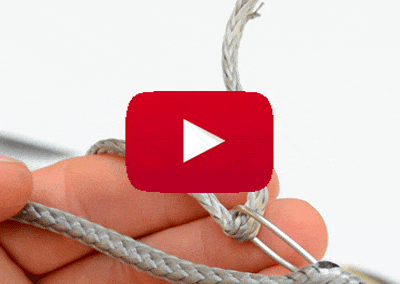
The messenger trick
Splice: The messenger trick To sum up, in this tutorial, Julien Barnet reveals a foolproof technique to splice a messenger line onto a rope that is hard to work on. When the hollow fid and even the long eye splicing needle cannot be fed through (very fine braid, tight cover), he uses a finer messenger…
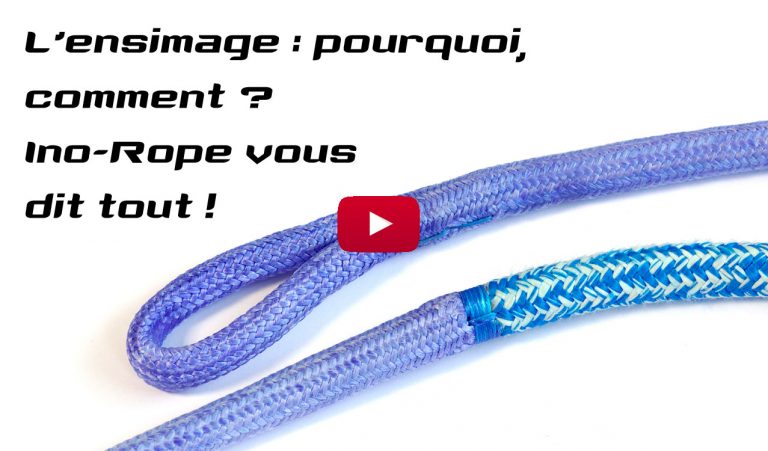
The coating process
The coating process This short video tutorial explains what coating is and which method is best to coat your ropes yourself. A really simple and fun technique to colour your Dyneema® ropes, while protecting them from UVs, chafing, and salt.





